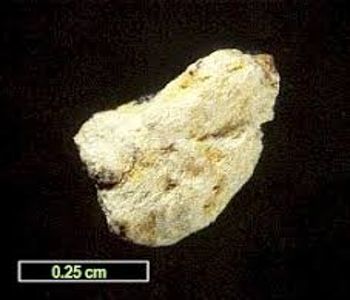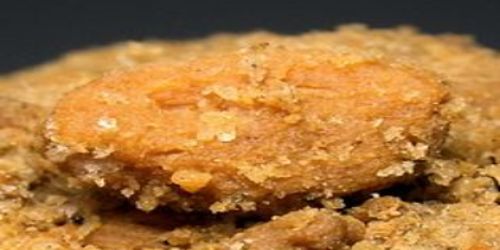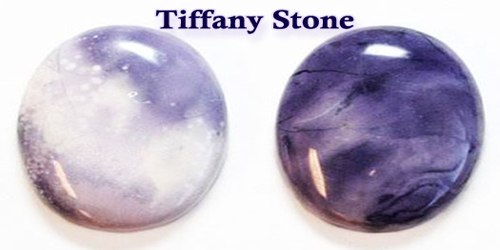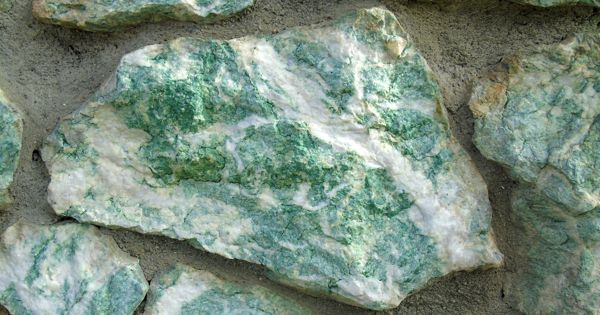Imogolite is an aluminum silicate clay mineral with formula: Al2SiO3(OH)4. It is an aluminum silicate clay mineral found in soils formed from volcanic ash. Its name is derived from the Japanese imogo for the brownish yellow soil derived from volcanic ash. It occurs with allophane, quartz, cristobalite, gibbsite, vermiculite, and limonite.
It occurs in soils formed from volcanic ash and was first described in 1962 for an occurrence in Uemura, Kumamoto Prefecture, Kyushu Region, Japan.
General Information
- Category: Clay mineral
- Formula: Al2SiO3(OH)4
- Crystal system: Tetragonal
- Unknown space group

Fig: Imogolite – an aluminum silicate clay mineral
Properties
- Color: White, blue, green, brown, black
- Crystal habit: Conchoidal to earthy masses of microscopic threadlike particles and bundles of fine tubes, each about 20 Å in diameter
- Mohs scale hardness: 2-3
- Luster: Vitreous, resinous, waxy
- Diaphaneity: Transparent to translucent
- Specific gravity: 2.7
- Optical properties: Isotropic
Occurrence: In soils derived from volcanic ash.
Association: Allophane, quartz, cristobalite, gibbsite, vermiculite, \limonite”.
Distribution: Probably quite widespread in Volcanic-ash-derived soils. In the Misutsuchi bed, Iijima, Nagano Prefecture; the Kanumatsuchi bed, Kanuma, Tochigi Prefecture; and from Uemura, Kumamoto Prefecture, Japan.
Information Source:
















